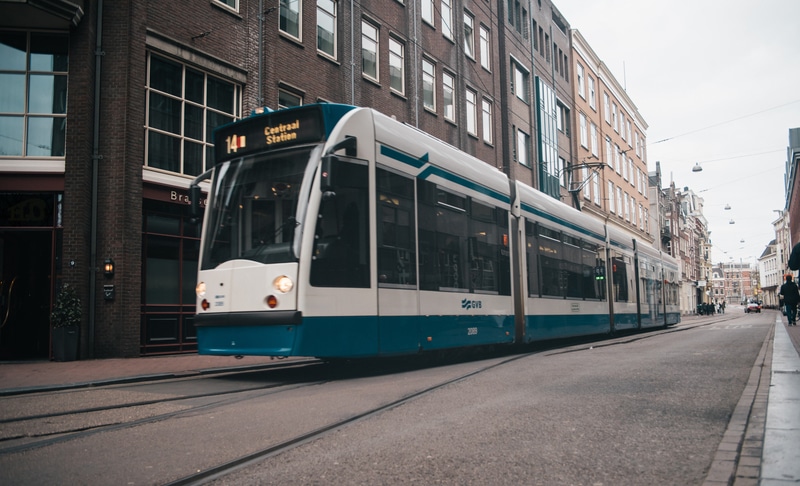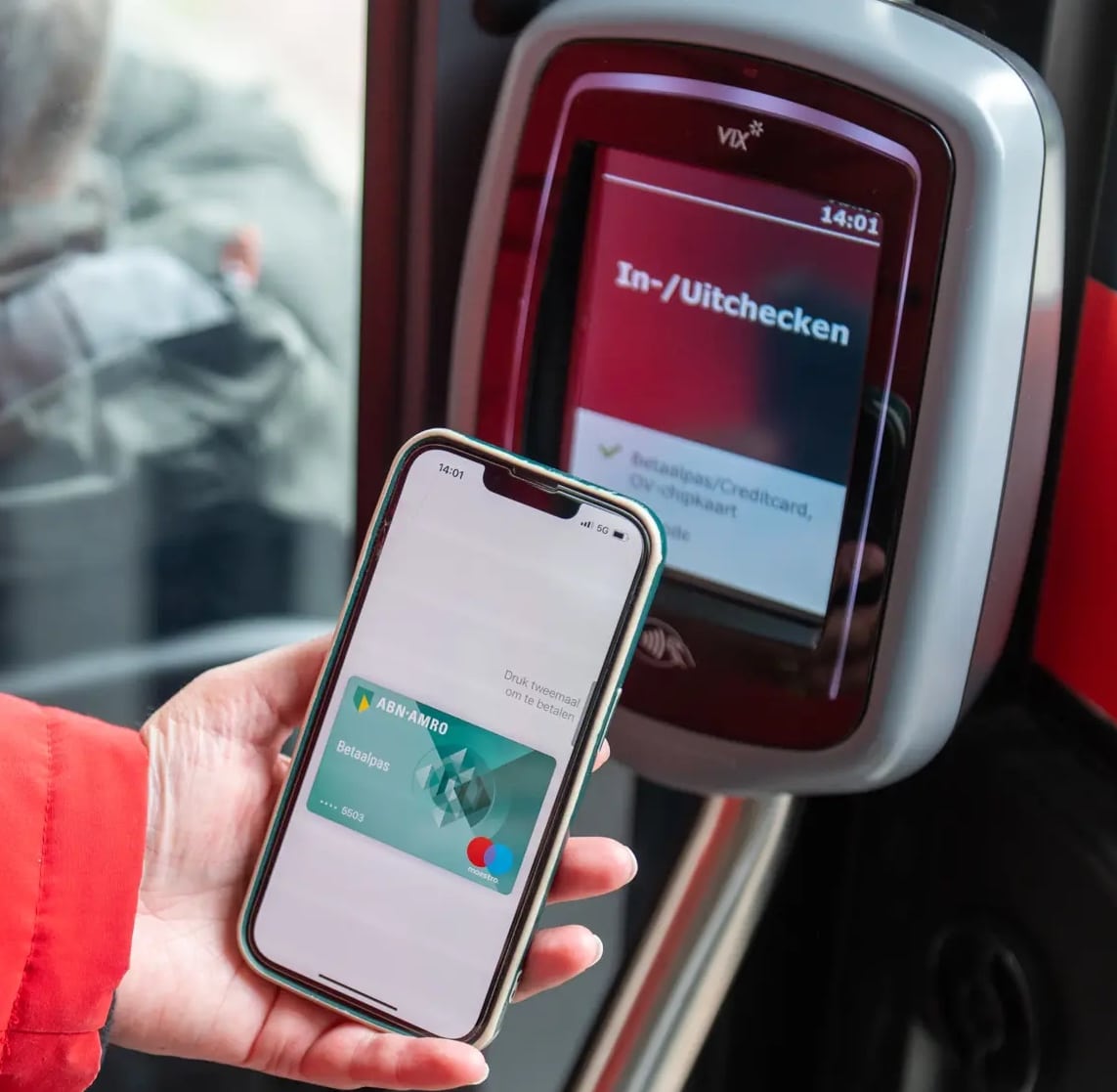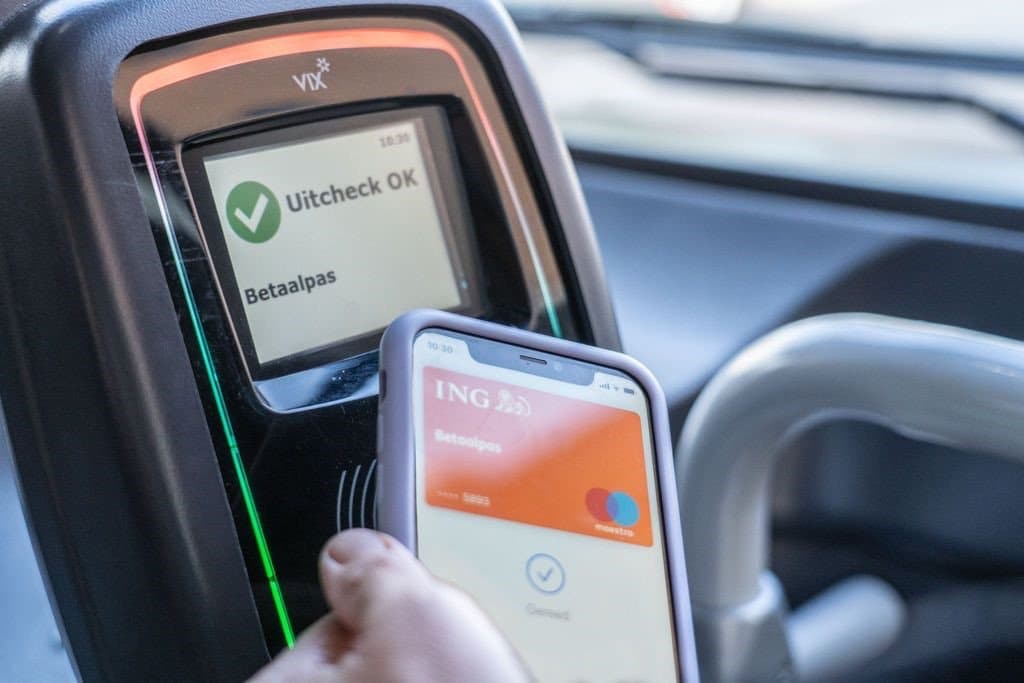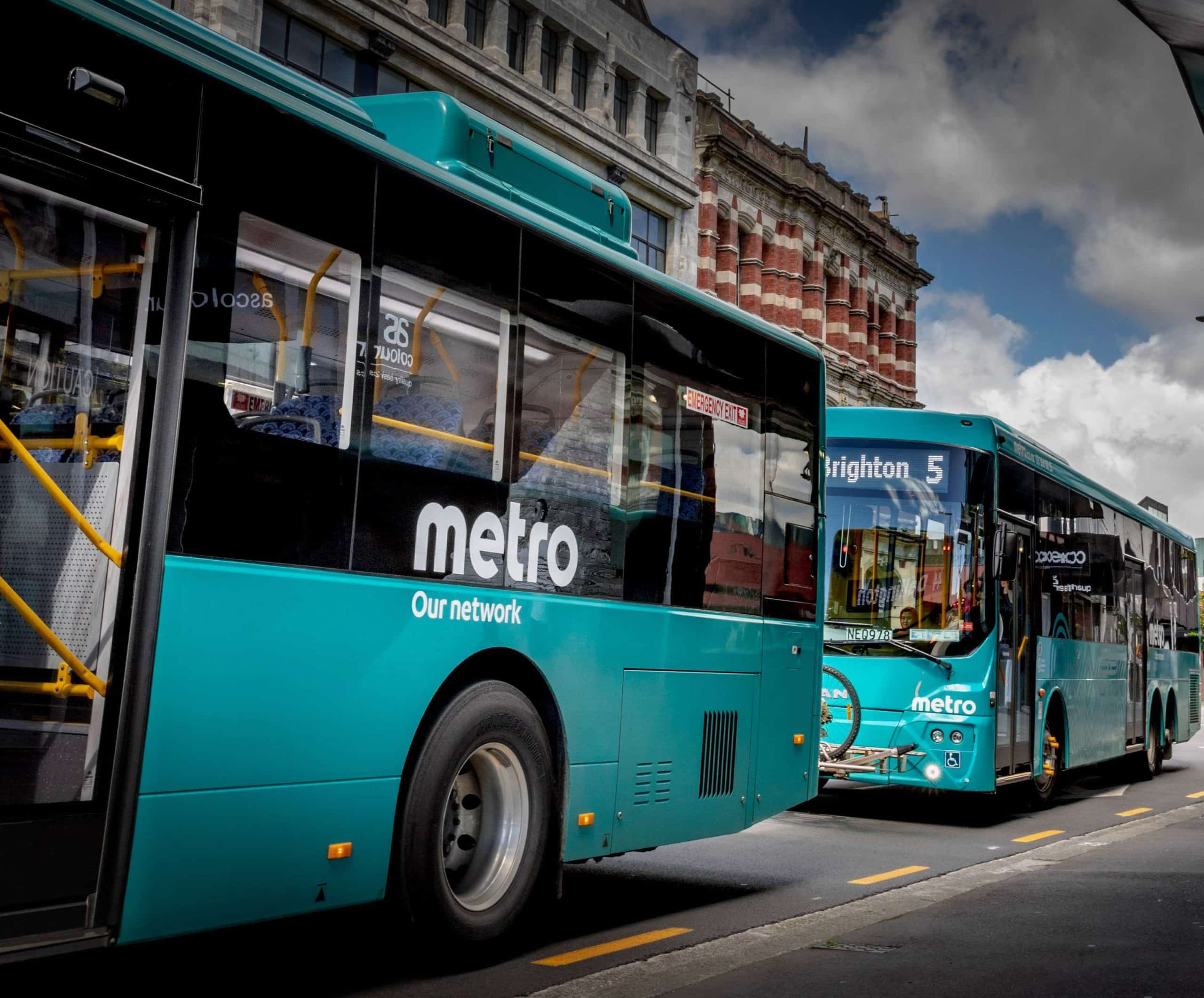
Oleksandr Sokurenko
Article Highlights
Key Takeaway:
Transit agencies in the Netherlands have released more details about their plans to support concessionary fares and other popular discounts with open-loop payments.
Key Data:
• Table: OVpay-stats-Feb. 2023 and Nov. 2022
Organizations Mentioned:
• NS (Netherlands)
• GVB (Amsterdam)
• RET (Rotterdam)
• Translink Systems
• MTA (New York)
• Cal-ITP (California)
• Kentkart
Transit agencies in the Netherlands have released more details about their plans to support concessionary fares and other popular discounts with open-loop payments, Mobility Payments has learned.


















